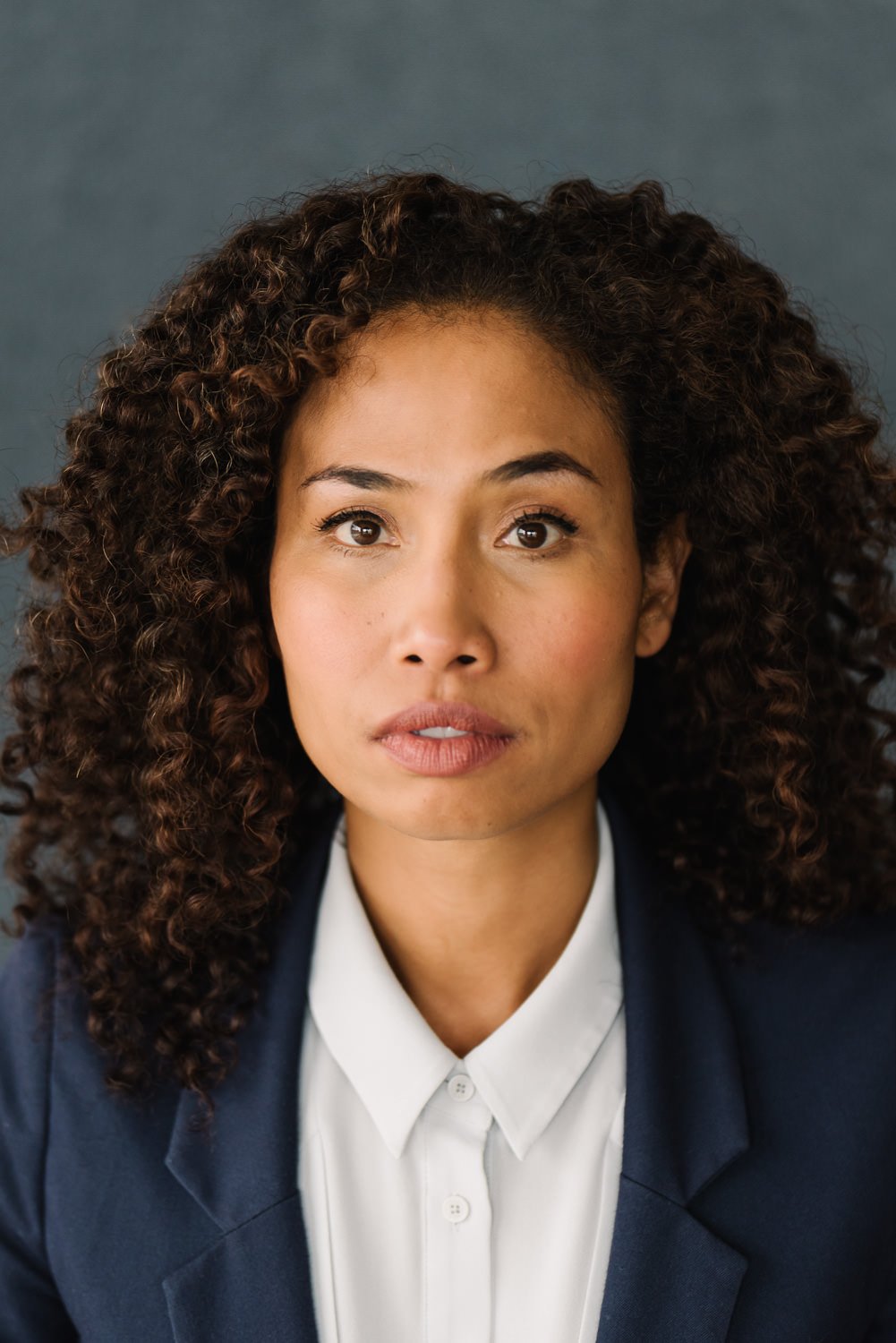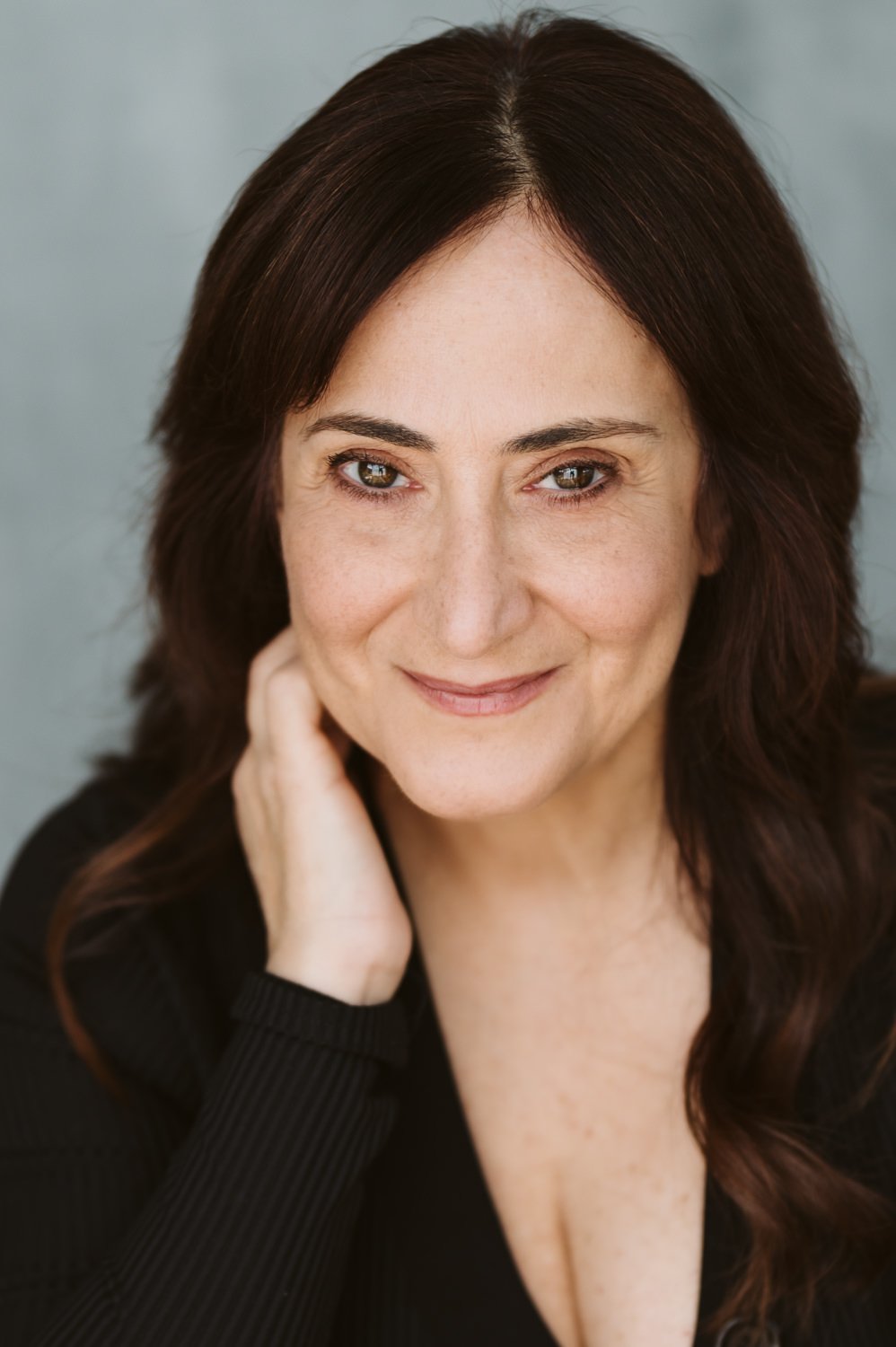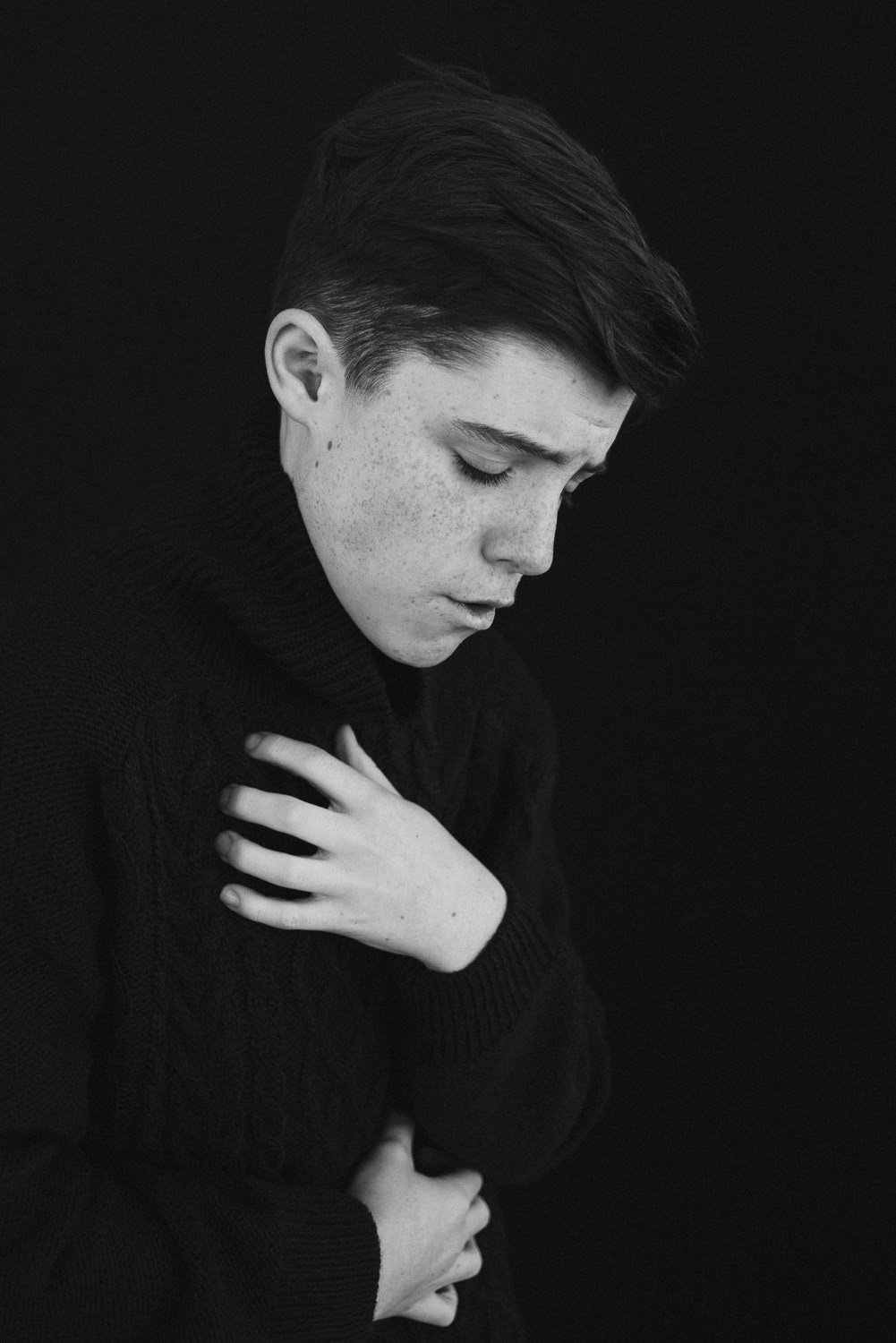What Casting Directors Really Want to See in Your Acting Headshots (And How to Nail Yours)
Let’s talk about acting headshots.
Not the rushed passport-photo kind. Not the over-styled fashion shoot either. We’re talking about the kind of headshots that make a casting director sit up and take notice. The kind that get you in the room, help you sign with an agent, and put you in the best position to book the job.
Whether you’re just starting out or levelling up your acting career, a strong, strategic headshot is one of your most powerful tools—and there’s a bit more to it than just “looking nice.”
So, what do New Zealand casting directors and agents actually want to see? Here’s what I’ve learned from working with up-and-coming actors (and quietly asking a lot of questions behind the scenes):
1. Authenticity > Glamour
This isn’t the time for heavy contouring, dramatic lashes or anything that drastically alters your features. A good acting headshot should look just like you—on a good day, with great lighting and a bit of polish.
Agents and casting directors want to know what you’ll look like when you walk through the door. If your photo is too filtered, too styled or too “done,” they can’t trust it.
DO:
Keep makeup natural (think: evening out skin tone, a little definition, but nothing OTT). For your best outcome, choose to book my professional makeup artist.
Choose outfits that feel like you, not a costume or fashion statement.
Show your face clearly—no hats, sunglasses, or heavy shadows.
DON’T:
Drastically change your appearance for the photoshoot.
Try to emulate a “look” you think casting directors want.
Overthink it. The goal is you, on your best day.
2. A Hint of Versatility
If you’re just starting out, you don’t need a dozen characters or costumed looks. But you do want a set of headshots that show a bit of range.
Casting directors and agents want to get a feel for the types of roles you could play. You don’t need to box yourself in—but it helps to show a few facets of your personality and presence.
For example:
A bright, open look with a natural smile for commercial work.
A more grounded or intense expression for drama or thrillers.
Something neutral and confident for agent submissions or stage work.
These aren’t costumes—they’re subtle shifts in expression, energy, and styling. A good photographer (ahem…that’s me) will guide you through this without it feeling forced.
3. Clothing: Simple, Clean, and Not Distracting
The golden rule: Your clothes shouldn’t compete with your face.
Solid colours work best. Avoid busy patterns, heavy logos, or anything overly trendy that might date your shots quickly. You want your headshots to last 1–2 years. You’ll get a full prep guide with a tonne of wardrobe tips when you book with me, but in the meantime here are a few ideas.
Some winning outfit tips:
Fitted tops with simple necklines work well. (Avoid high necks if you have a shorter neck or long hair as it all blends together.)
Bring a few options so we can play with colour and texture.
Avoid neon—mid-tone colours tend to photograph better and neons cast a colour shade onto your skin.
Think layers: A denim jacket, soft knit or blazer can shift the tone without needing a full outfit change.
4. Hair & Grooming: Come As Your Best Self
Your headshot should reflect your current look. That means:
Don’t book a drastic haircut the day before your session.
Tidy brows, trim beards, clean nails—yes, they notice.
If you usually wear your hair curly, bring it that way. If it’s straight 90% of the time, shoot it straight. (If you can do both, we can always shoot a variation.)
Update them when you settle on a new look.
Pro tip: Casting directors often cast based on your natural vibe. Trying to morph into something you’re not will only lead to awkward roles and wasted auditions.
5. Colour vs Black & White
In New Zealand, colour is the standard for headshots. Black and white might feel artsy, but most local agents and casting platforms expect and prefer colour. It’s more true to life and gives a better sense of your complexion, eye colour, and energy.
That said—if we capture a moment that just works in black and white? I’ll absolutely give you that too. Sometimes a dramatic black and white, or a traditional ‘old Hollywood’ feel is exactly what’s needed to add a little extra spice to your portfolio.
6. Casting Type: Should You “Brand” Yourself?
Ah, the million-dollar question.
There’s a fine balance between being open to a range of roles… and giving casting professionals a clear sense of where you might fit best.
If you're just starting out, it’s okay not to know your exact "type" yet. But if you do have a strong look (think: quirky sidekick, brooding creative, cheeky teen), we can lean into that for a couple of your shots without locking you in.
This is where a photographer with a branding brain (such as myself) can really help. I’ll help you bring out a few layers of your personality so your gallery feels broad but intentional.
7. How Many Headshots Do You Actually Need?
Quality over quantity. Most actors need around 5 strong shots, which should include:
One clean, neutral headshot with direct eye contact.
One smiling or approachable option (great for commercials).
One with a slightly different energy or “tone” (think: tougher, warmer, quirkier etc).
Optional: A black and white version or close crop.
These can be variations from the same shoot. You don’t need six different outfits or a full day of shooting—but we do want to create enough variety that casting directors see more than one note. It’s important for you to understand that getting 5 great, powerful shots, takes more than “just a couple of quick snaps” of the camera. You will need enough time to relax into your shoot, and you will want to shoot enough variety that you have options to choose from in order to narrow down to your best looks.
8. A Quick Word on Trends
Casting headshots have become a little more relaxed in the past few years. You’ll see more natural light, less rigid posing, and a warmer, more cinematic feel to many actor portfolios now.
That’s great news—it means we get to play with mood, energy and light in a way that feels more human and real.
But don’t chase trends at the expense of clarity. Your headshot still needs to:
Clearly show your face
Be professionally lit and focused
Match the tone of the work you want to do
9. Ready to Shoot? Here’s What You Need to Bring
3–5 clothing options in solid colours (varied necklines, sleeve lengths)
Clean, natural makeup (or, for the best results and stress free prep, book my go-to MUA)
Hair as you normally wear it for auditions
Water, lip balm, and a good night's sleep the night before
Oh—and bring your curiosity. You might be surprised what you learn about your own presence in front of the camera.
Final Thoughts: Why Your Photographer Matters
Yes, technically this is a photoshoot—but it’s also a collaboration between you, your future casting team, and me as your photographer.
You deserve someone who:
Knows the local industry
Can help draw out your most castable qualities
Gives you direction without awkward poses or fake smiles
Makes you feel confident, seen, and 100% like yourself
If that sounds like your vibe, I’d love to chat.
Let’s create the kind of headshots that get you called in—not just called “nice.”




























